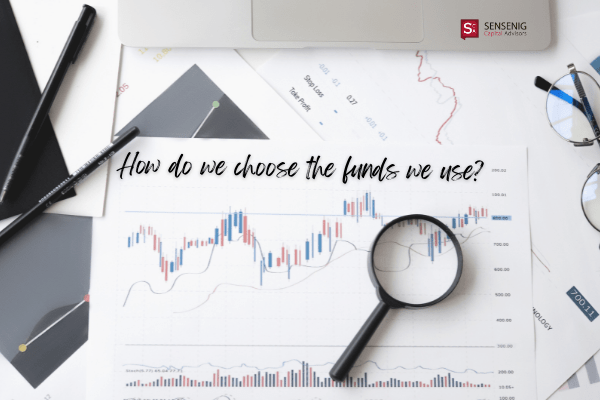The harsh reality of market efficiency has not stopped speculators and other traders from attempting to read the future. On paper, market timing offers a seductive prospect: By predicting market direction ahead of time, a trader might capture only the best-performing days and avoid the worst.
The chart below tells the other side of that story. Large gains may come in quick, unpredictable surges. A trader who misinterprets events may leave the market at the wrong time. Missing only a small fraction of days—especially the best days—can defeat a timer’s strategy.
For example, since 1970, missing the best 25 trading days would have significantly cut S&P 500 Index annualized compound return.
Trying to forecast which days or weeks will yield good or bad returns is a guessing game that can prove costly for investors. This further highlights the validity of having a plan in place that addresses your tolerance for risk in order to avoid abandoning your plan based on short-term market conditions.
References:
Performance data for January 1970-August 2008 provided by CRSP; performance data for September 2008-December 2011 provided by Bloomberg. The S&P data are provided by Standard & Poor’s Index Services Group. US bonds and bills data © Stocks, Bonds, Bills, and Inflation Yearbook™, Ibbotson Associates, Chicago (annually updated work by Roger G. Ibbotson and Rex A. Sinquefield). Indexes are not available for direct investment. Their performance does not reflect the expenses associated with the management of an actual portfolio. Dimensional Fund Advisors is an investment advisor registered with the Securities and Exchange Commission. Information contained herein is compiled from sources believed to be reliable and current, but accuracy should be placed in the context of underlying assumptions. This publication is distributed for educational purposes and should not be considered investment advice or an offer of any security for sale. Past performance is not a guarantee of future results. Unauthorized copying, reproducing, duplicating, or transmitting of this material is prohibited. Date of first use: June 1, 2006.



